|
What is phenology? I'll be honest, I hadn't heard that word (or I've forgotten in the many years since high school) until I had completed my project of watching the Trillium Trail for one year (just finished this Feb.) and was complimented on an 'Interesting phenology study'. I was intrigued. If you aren't aware, I've been taking a course at the Wilderness Center in Wilmot, OH to become an Ohio Certified Volunteer Naturalist (OCVN)- more on that in an upcoming post- but one of our projects is to present something to the class. I came up with a whole list of project ideas - spring wildflowers, swamp vs marsh vs bog vs fen, and so on - but I wanted to challenge myself to learn something new as well... In the span of no more then 10 minutes I will explain what phenology is (and how you've probably already used phenology - to an extent), how it's used, why it's important, and -if interested- how you can get involved. I'm also doing it as a blog post so everyone out there can learn too! (win win win!) Phenology - nature's calendarHave you ever kept records of your garden over the years? - When things come up, when they bloom, how and when they've fruited? Are you a birder and monitor when you see the first warbler of the year, every year? If you've answered yes, you have studied the phenology of these subjects! Phenology is the study of how the biological world times natural events - i.e. flower blooms, bird migration & nesting, leaves changing color in the fall. People have been studying phenology for centuries to know when to plant crops, to hunt & fish, and the best time to navigate waterways; now it's playing an important role in how we asses and monitor climate change's effects on the environment & ecosystems. Phenology helps us to understand the health of species & ecosystems. Every species has an impact of those in its food chain and community. The timing of one species' phenological events can be vital to the survival of another species. There are 3 main abiotic factors that work together to determine the timing of these reoccurring natural events: -Sunlight -Temperature -Precipitation Phenology for fun Studying the phenology of plants and animals in your yard or local park is a great way to gain knowledge about the world around you and how it is all intertwined.
With just a notebook and attention to detail you can learn a great deal. Phenology in the scientific world There is a great phenology study being conducted at OARDC (starting in Wooster and now in 35 other monitored gardens) to see if the flowering sequence of plants can be used as a biological calendar to predict insect activity, and to time other gardening practices that are dependent on a particular stage of plant development, such as propagation or weed control. In relation to climate This year in the southwest, studying the phenology of trees leafing has shown spring arrived (in some areas) three weeks earlier than is typical for these areas.
The bars on the graph show the number of days by which the start of spring differs from the average start of spring during the last century. These values are calculated from a numerical model that simulates the accumulation of heat needed to bring plants out of winter dormancy and into vegetative and reproductive growth. Get involved!You can play a part in studying wildlife and global warming by participating in a phenology citizen science program, such as
0 Comments
Leave a Reply. |
AboutSince 2015 we have been exploring and sharing all the amazing things we’ve found in nature. AuthorEmily is an Ohio Certified Volunteer Naturalist who is most often found out in the woods. Archives
June 2024
Categories
All
|
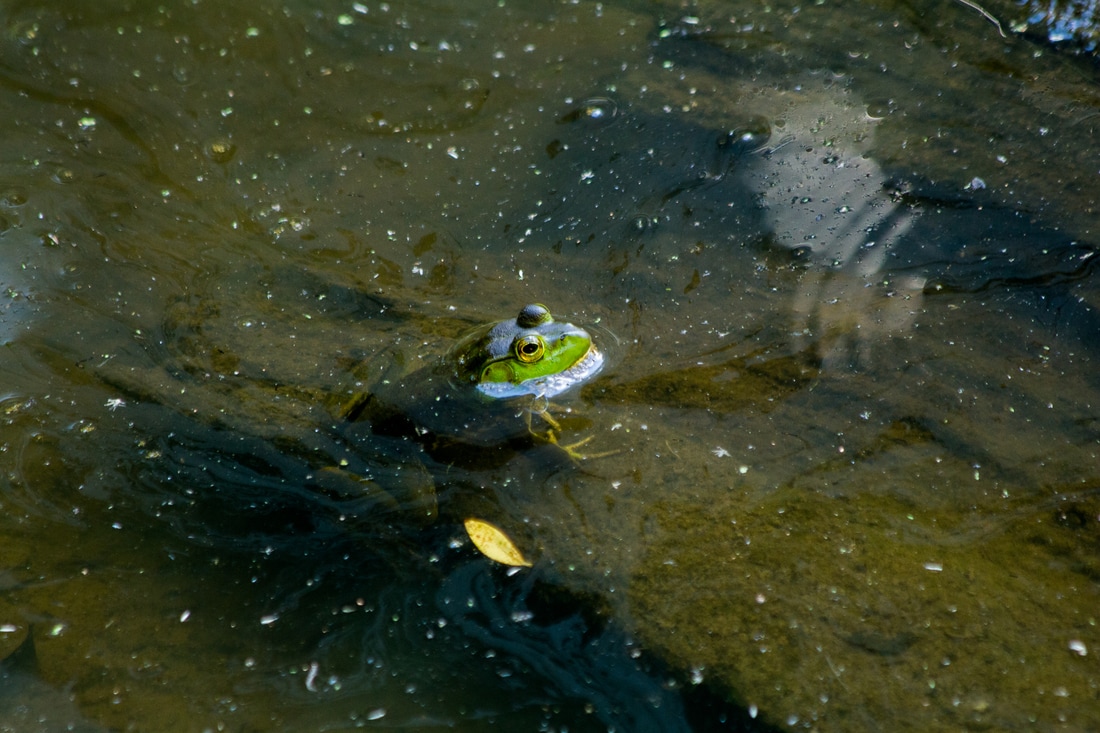
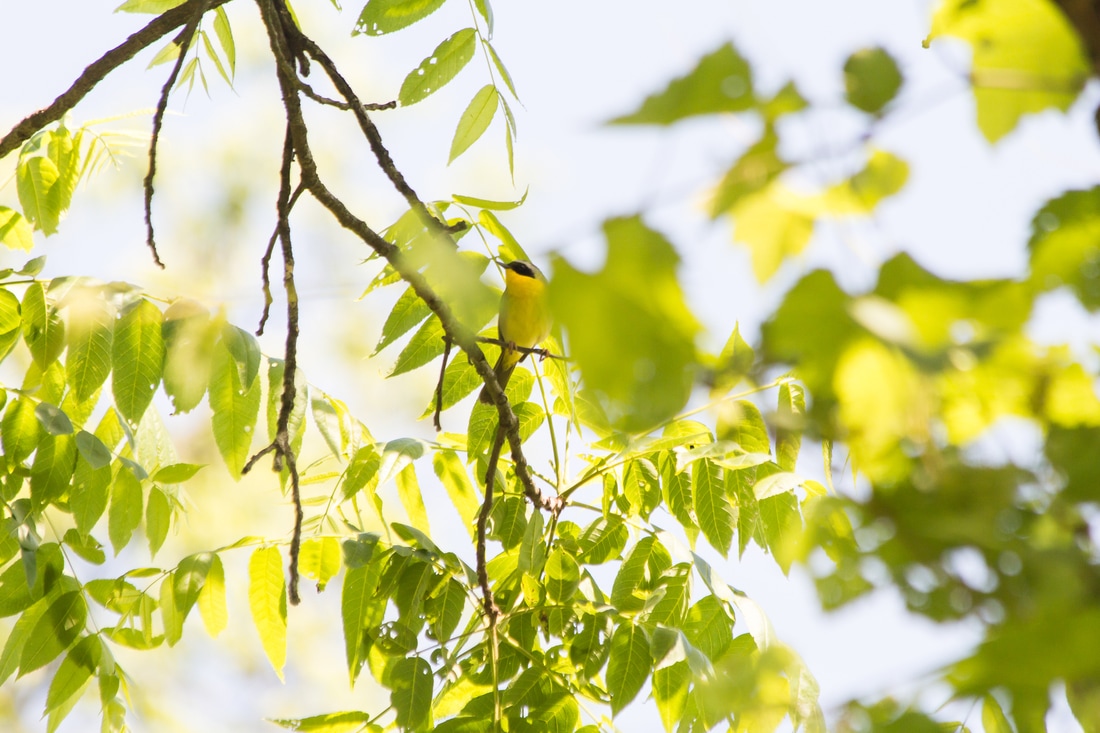
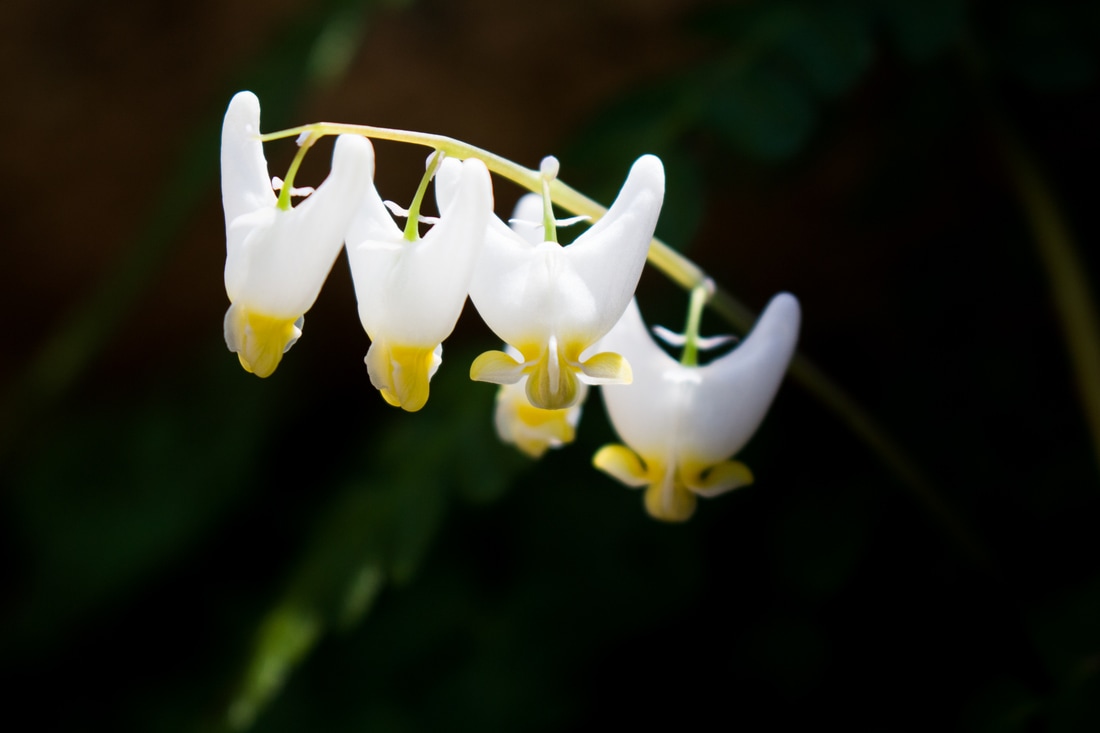
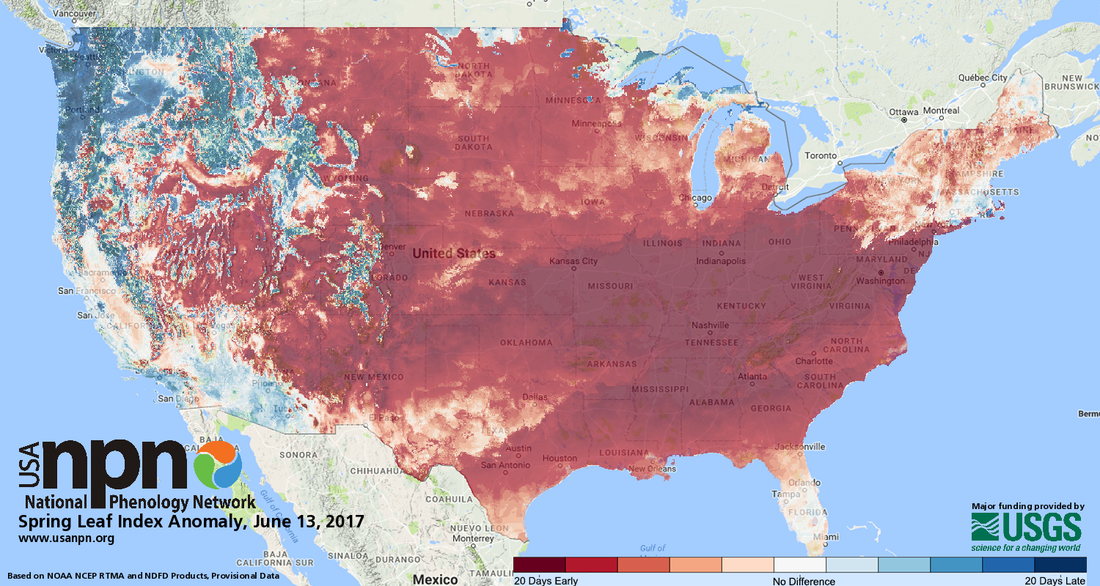
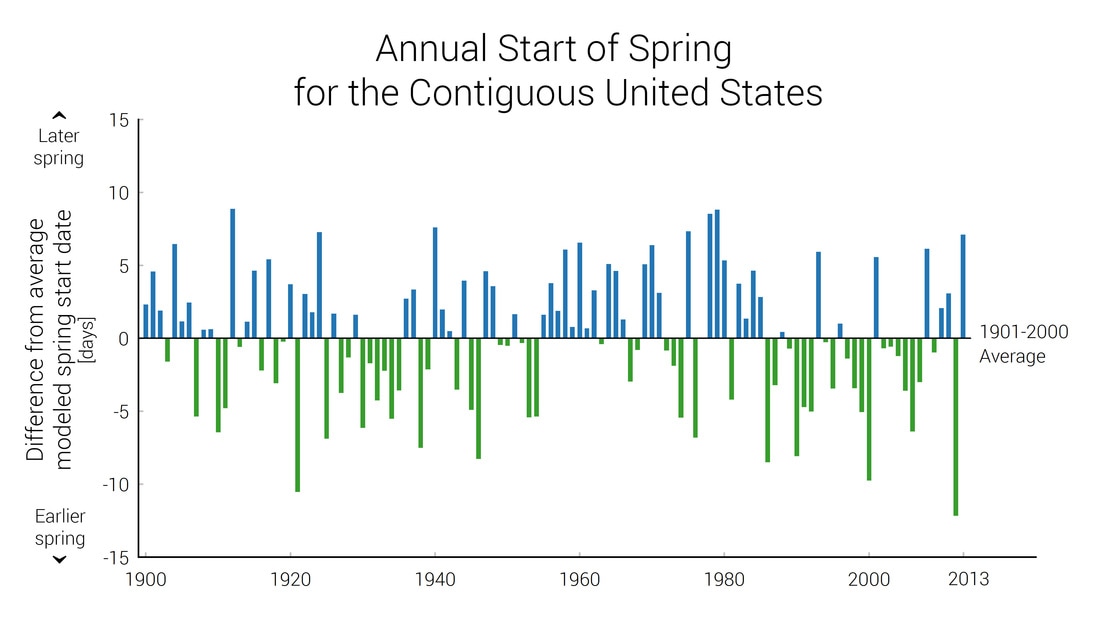
 RSS Feed
RSS Feed